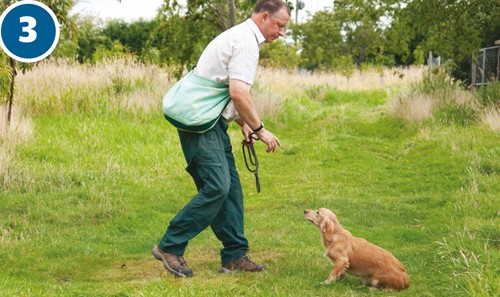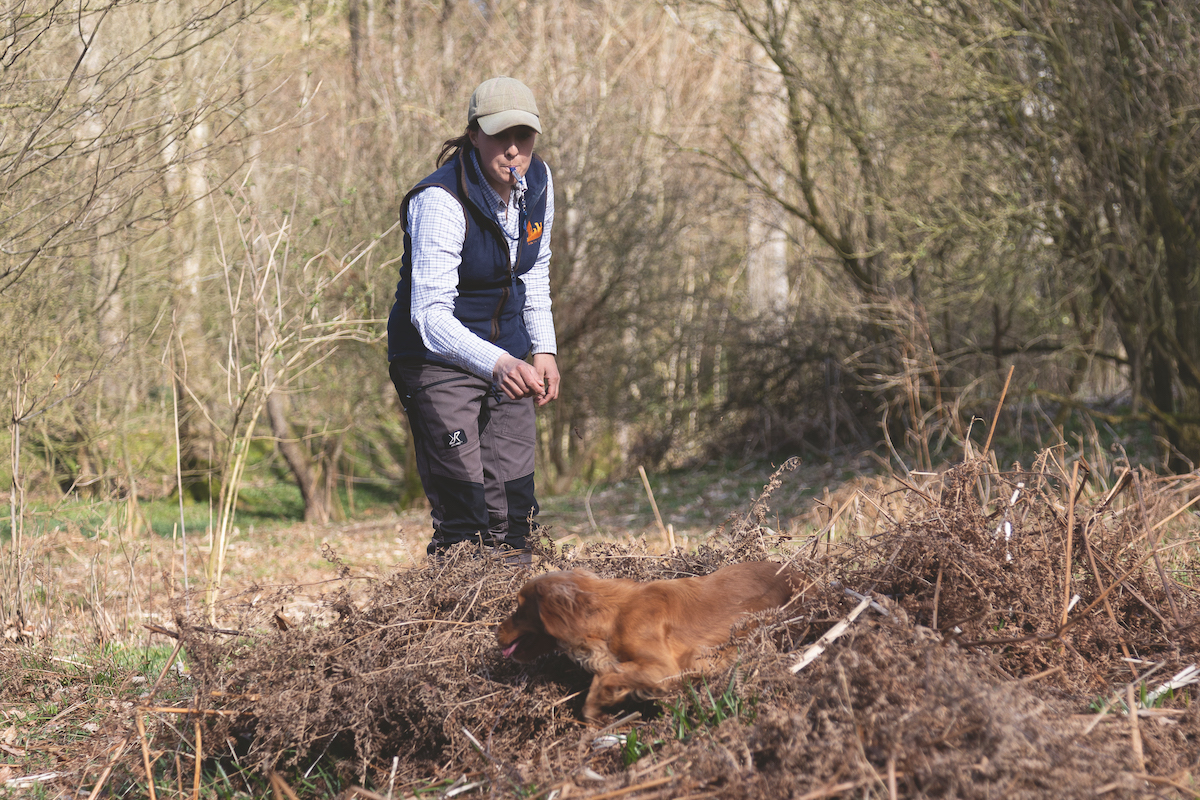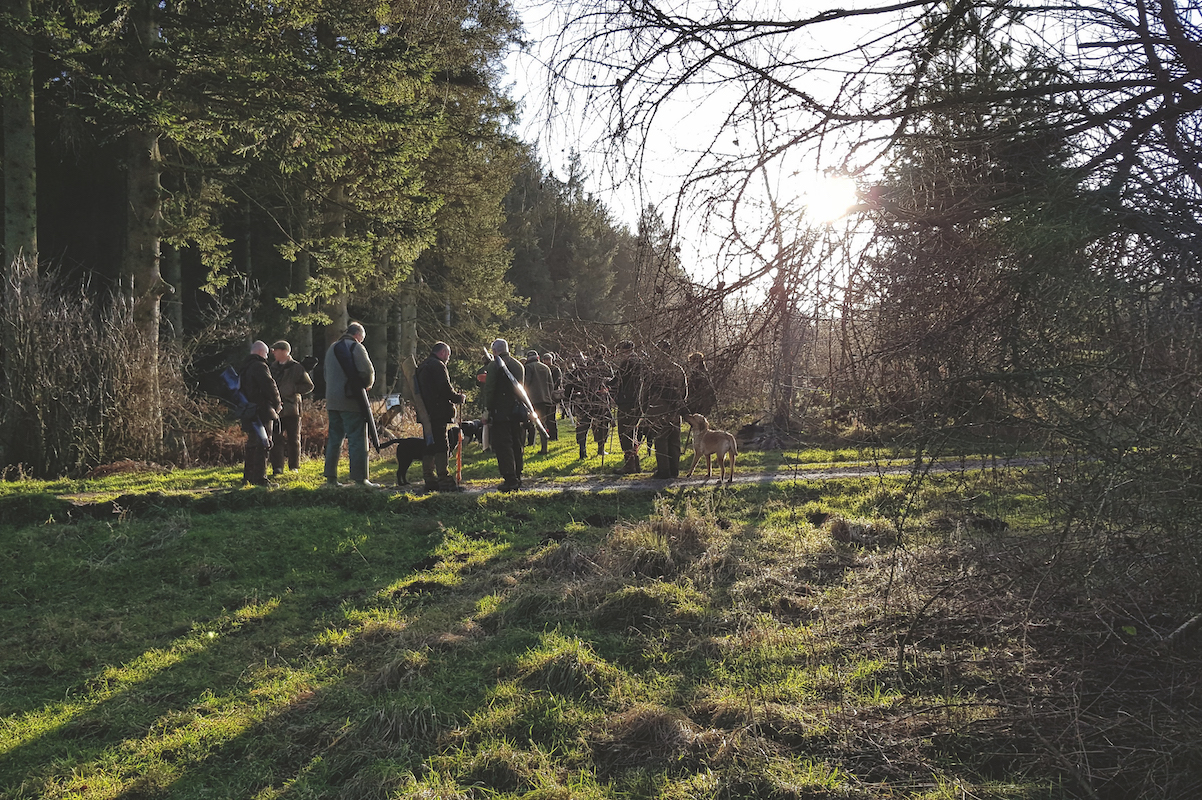Three gundog puppy problems
It's the time of year when the patter of tiny paws starts to be heard in a household.

Bringing home a new gundog puppy is an exciting time but issues often arise when it comes to training and aspects of the pup’s health. Here are the answers to some questions our vets and training experts have been asked.
Q: My little gundog is ignoring me in training. She won’t listen to my whistle.
I’m struggling to get her to react instantly to the stop whistle, and yet it’s pretty clear from watching other fully-trained gun dogs that I’ll have problems later on if I don’t get this sorted out soon. Can you help?
A: Jeremy Hunt says: Achieving a response to the stop whistle is crucial. The stop whistle acts as the brakes. Unless you can stop a dog you have no way of controlling it.
You need to stop trying to get her back to you when you’re in situations over which you have no control. Ignoring your whistle means she has achieved her goal.
- Instead start in an enclosed space where you know she cannot get farther away from you than say about 10 yards.
- Get the youngster pottering around on its own away from you and then give a sharp blast on the whistle and hold up a hand at the same time.
- Hopefully the pup will stop what it’s doing and look at you.
- At that point you can either leave her standing or give a firm command to “sit”, and then walk over to her.
- Do not recall her to you.
Some trainers are happy for a dog to stop in the standing position, others prefer the sit. The sit, in the early stages, helps plonk the dog in a static position, although as gun dogs mature they tend to remain standing on the stop command.
- If your pup starts to come towards you after the initial blast, try and make sure, by your demeanour and attitude, that you want her to stop where she is.
- Take one or more steps towards her, holding up a hand and giving another firm blast on the whistle.
- This action should be dominating because you need to enforce upon her – by action and sound – that you are in control and that she must stop what she’s doing and take notice.
- Repeat this exercise until you feel confident enough to move into a bigger area. Continue with it until you can make her stop and look at you when she’s slightly further away.
- Avoid getting into a situation in a more open space. This risks you achieving no reaction from her when you give the single blast. If that happens go back to the enclosed area.
- If your pup has some freedom and you are giving it some exercise, don’t suddenly give a blast on the whistle and expect a result. It will only confuse the issue.
- Restrict all training to specific sessions and only use the whistle on those occasions.
- She will learn the commands if they are part of a package of information and instruction that’s presented to her by the handler in a clear and consistent manner.
- Failure to obey these commands is more to do with mistakes on the part of the handler to make a dog understand what’s wanted, rather than the gun dog failing to respond.
- Once your dog is “on” the stop whistle your training will have achieved one of the most important milestones.
- Those with a really hot-headed youngster may need to do a bit of growling to ensure the dog gets the message.

Q: My gundog puppy is covered in spots, as shown in the picture above. We keep chickens and I wonder if she has caught chicken pox from them.
A: Neil McKingtosh writes: Firstly, you don’t get chicken pox from chickens! It is a human condition caused by a herpes virus (similar to the one that causes cold sores).
Your puppy actually has a condition called impetigo, which is more like juvenile acne in adolescent youths. It is sometimes associated with poor management, (such as dirty bedding or inadequate nutrition). Impetigo is fairly common and caused by staphylococcal bacteria.
Most mild cases resolve spontaneously without treatment around the time of sexual maturity but your pup does look quite severely affected. Chlorhexidine shampoos, antibiotic gels and, occasionally, oral antibiotics should do the trick.
Dog bedding should be washed regularly as it will be teeming with bugs and check that her diet has some essential fatty acids in it.

Q: Will my puppy’s eyes change colour?
It’s not really a problem to me but my little springer has beautiful blue eyes and I wonder if she’ll keep them.
A: I can only speak from the experience of 30 years’ breeding gundogs and being associated with them in the shooting and trial world.
In all that time I cannot recall a springer with two blue eyes, all being brown, varying in depth from very light to dark hazel, the colour required by the breed standard and desired by many trainers. I would be surprised if your puppy’s eyes now change colour from blue.
How to train a spaniel puppy that lacks confidence
Gundog training: Tread carefully when training a spaniel puppy with a gentle temperament.
How to introduce the stop whistle
Introducing the stop whistle is one area of gundog training that can cause handlers some issues — possibly because they rush it, so…
Gundog training in the spring and summer
Gundog training: The close season months take the pressure off gundog training.
As this colouration is so unusual, I would advise you to have the puppy’s eyes checked by a specialist to make sure there are no other unusual differences that could affect her eyesight, or, if she is bred from, any offspring.












